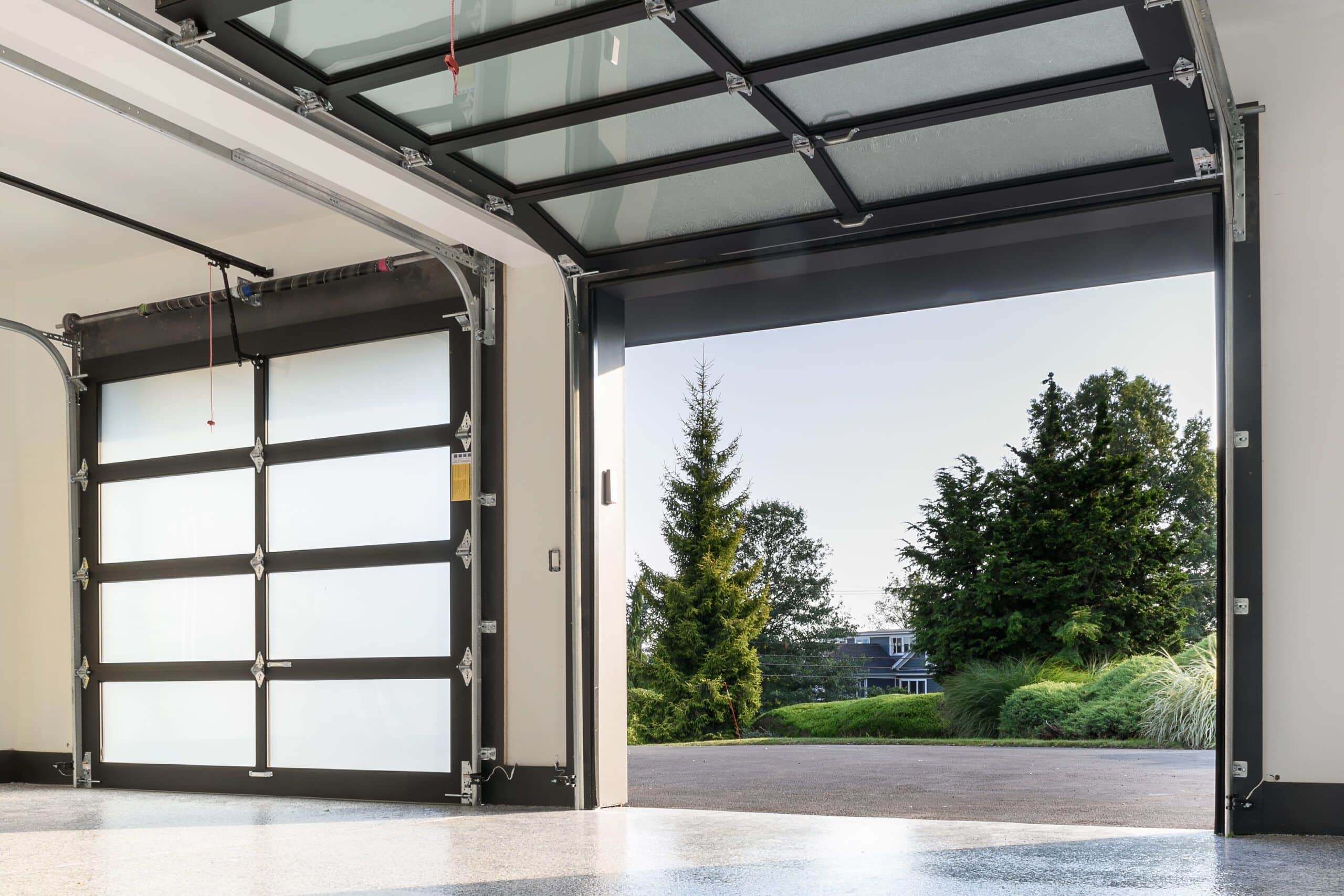The maintenance and replacement of garage door springs is a vital aspect of ensuring the proper functioning and longevity of one’s garage doors.
Despite their seemingly insignificant size, these springs play a crucial role in counterbalancing the weight of the door, making it possible to open or close with ease.
Their importance is often overlooked until malfunction occurs leading to inconvenience or even accidents.
Thus, understanding when spring maintenance is necessary and how to safely and effectively change these springs becomes indispensable knowledge for homeowners.
This article aims to provide expert tips and techniques for replacing garage door springs, combining professional expertise with user-friendly explanations.
The goal here is not just to make this task less daunting but also empower readers with the requisite knowledge that fosters self-reliance while ensuring safety.
A step-by-step guide will be presented for an effective spring change procedure, highlighting key aspects such as safety precautions, tools required, and practical tips for successful implementation.
Readers can look forward to gaining insights into this seemingly complex process in a structured yet engaging manner.
Key Takeaways
– Regular maintenance and replacement of garage door springs is important for proper functioning and longevity of garage doors.
– Signs of spring issues include irregular opening or closing speeds, straining noises, inability to lift the door manually, and visible wear on springs.
– Professional guidance is recommended for intricate tasks like spring replacement to avoid injuries or property damage.
– Proper execution of spring replacement ensures smooth operation of the garage door and improves personal skills within the DIY community.
Identifying the Need for Spring Maintenance
Recognizing the indicators of a malfunctioning garage door spring is pivotal in maintaining safety and functionality, with early detection often mitigating more costly repairs.
Various signs may suggest the need for spring maintenance or replacement, including irregularities in opening or closing speeds, audible straining noises during operation, an inability to lift the door manually, and visible wear on the springs themselves. These symptoms could indicate that the springs are unable to bear the weight of the garage door efficiently due to diminished tension strength over time. Consequently, this places undue stress on other parts of the mechanism and potentially leads to comprehensive damage if left unchecked.
A thorough understanding is required when diagnosing issues related to garage door springs as they play a crucial role in ensuring seamless operation. The two most common types – torsion and extension springs – differ significantly in function and placement but share similar signs of degradation.
Torsion springs work by coiling tightly when the door closes, storing energy that helps lift it upon opening while extension springs stretch horizontally from either side of the overhead track system providing similar assistance through tension release. A detailed examination can reveal issues such as rust formation, loose hardware connections or unusual gaps between coils which signal a weakened spring structure.
Regular inspection and proactive maintenance lend themselves towards prolonging not only lifespan but also optimal performance levels of any garage door system. By acknowledging potential red flags early on such as inconsistency in motion or excessive noise during operation can save one from unanticipated mishaps or hefty repair costs down line.
Moreover, it is prudent to seek professional guidance for any intricate tasks like spring replacement due its high-risk nature which demands specific technical knowledge and skill set for safe handling without causing further damage to oneself or property involved.
Step-by-step Guide to Safe and Effective Spring Change
Changing the spring safely and effectively is an intricate process, much like threading a needle in dim light; it requires patience, precision, and adherence to specific steps. This operation should never be rushed or undertaken without due preparation. The consequences of mishandling can range from minor injuries to significant property damage. Therefore, understanding each step’s nuances and adhering strictly to safety protocols is paramount.
Here is a detailed plan for executing this task:
* Preparation
* Evaluate your garage door system: Understand the type of spring system your garage door uses (extension or torsion), as this will dictate the replacement procedure.
* Gather the necessary tools: Depending on the spring system in use, you’ll need different tools such as winding bars, wrenches, sockets, and safety goggles.
* Execution
* Unwind old springs: For torsion systems, utilize winding bars to slowly unwind the springs. In contrast, extension systems require careful disconnection of pulleys and cables.
* Remove and replace: Once unwound safely, remove the old springs and replace them with new ones.
* Wind up new springs: Again using winding bars for torsion systems or reconnecting hardware for extension systems.
Executing these steps properly ensures that one’s garage door operates smoothly while mitigating risks associated with DIY repairs – offering peace of mind through proficiency.
It is crucial to remember that every step carries its unique challenges which demand respect for methodical execution; rushing or skipping steps can lead to accidents or ineffective results. Expertise developed through proper execution not only improves personal skills but also fosters a sense of belonging within a community committed to self-reliance and improvement. Thus it becomes clear how replacing garage door springs involves more than just mechanical aptitude — it cultivates patience, reinforces attention to detail & safety protocols fostering an environment conducive for growth both personally & within larger communities dedicated towards DIY home maintenance endeavors.
https://perfectsolutionsgaragedoor.com/the-importance-of-garage-door-springs-replacement-for-door-performance/


